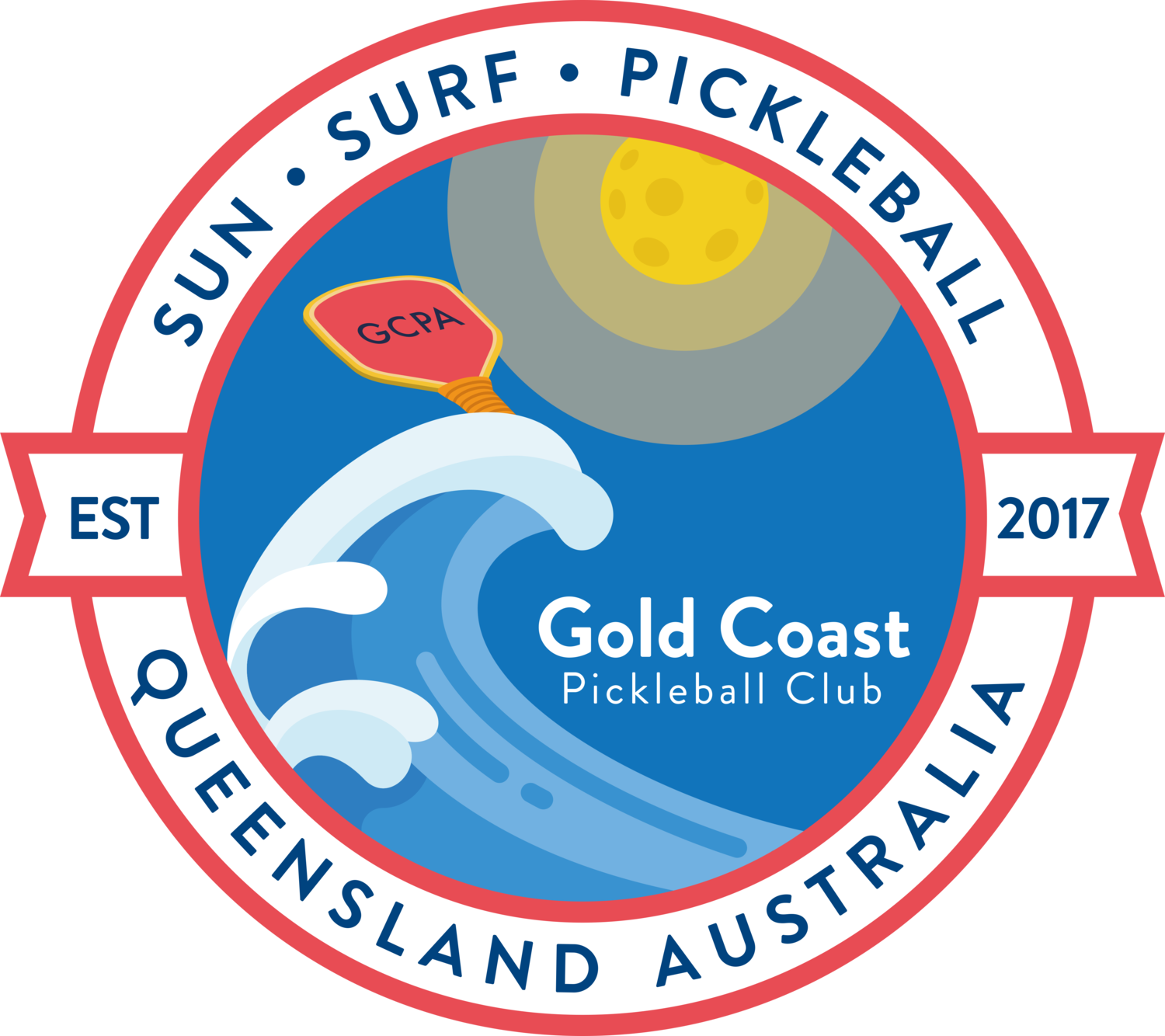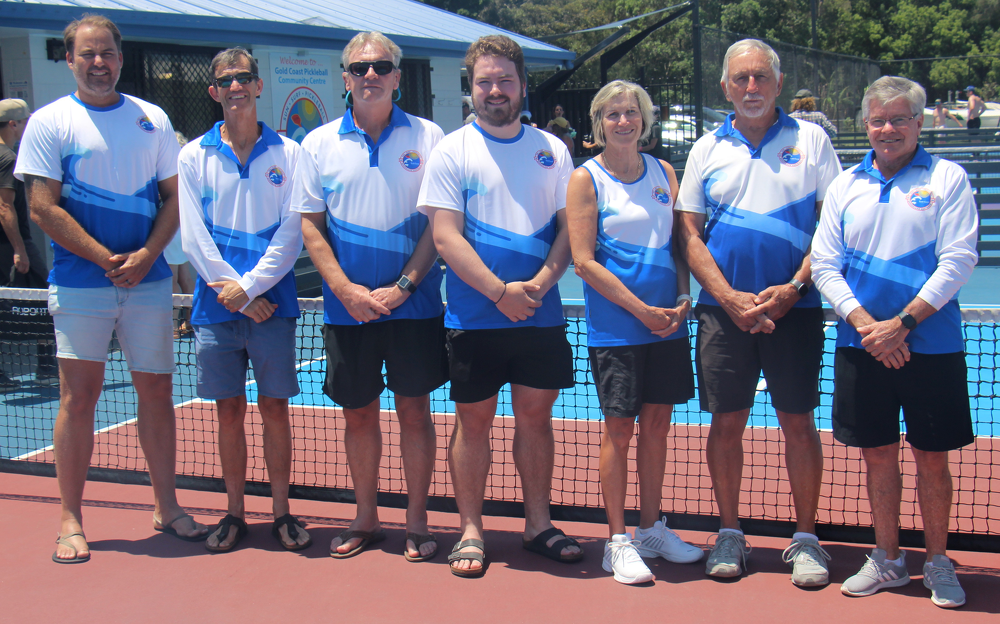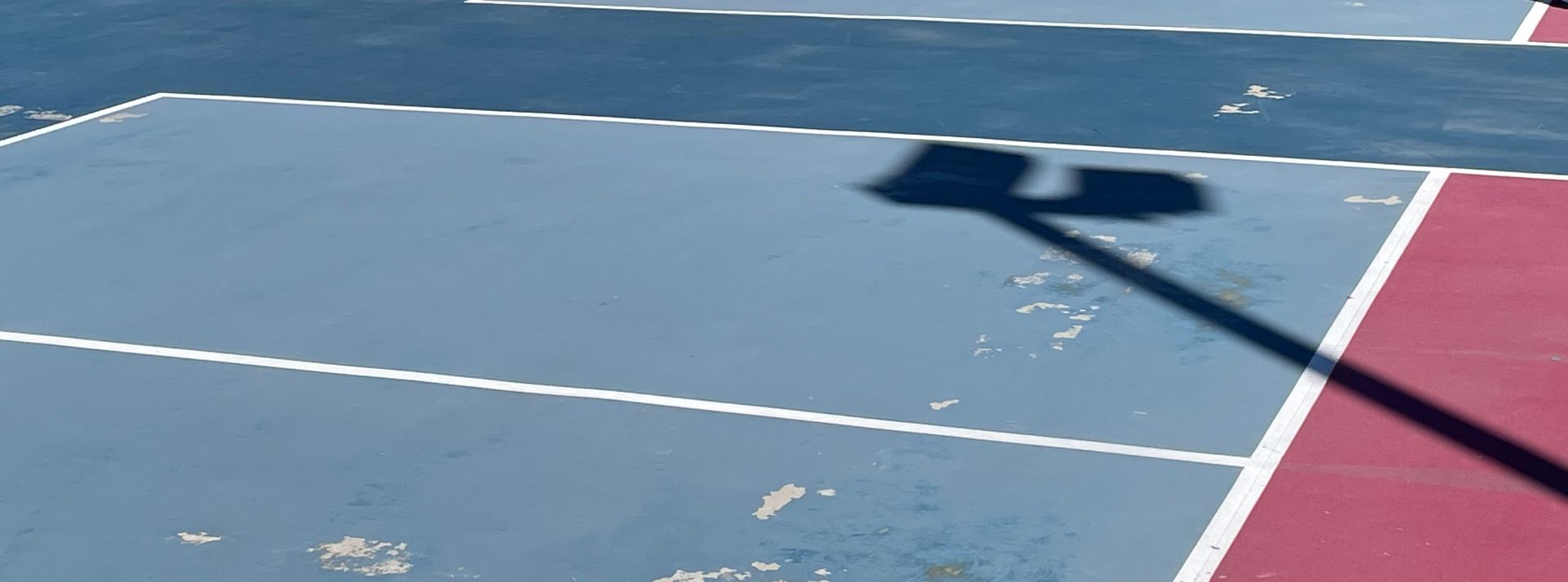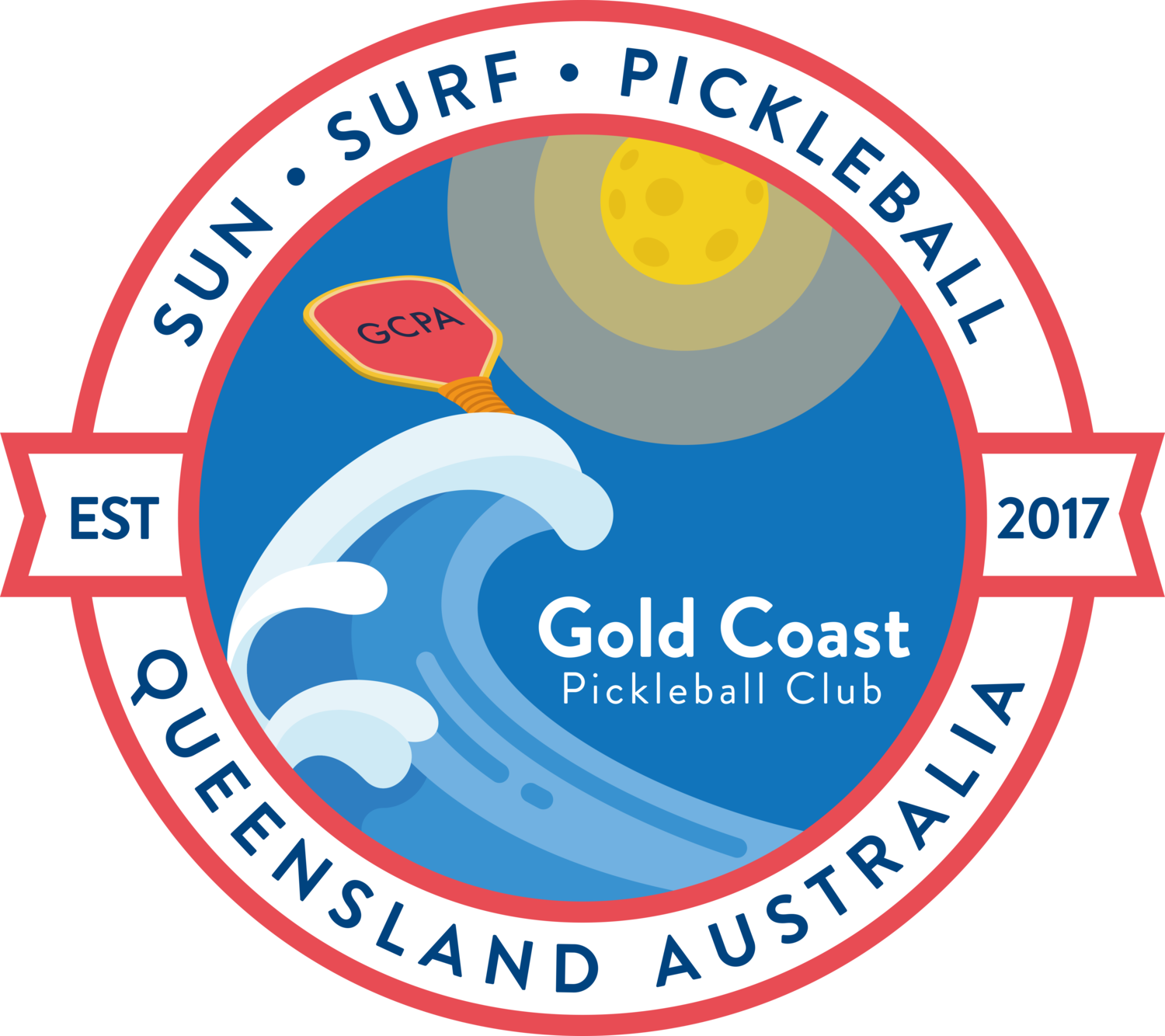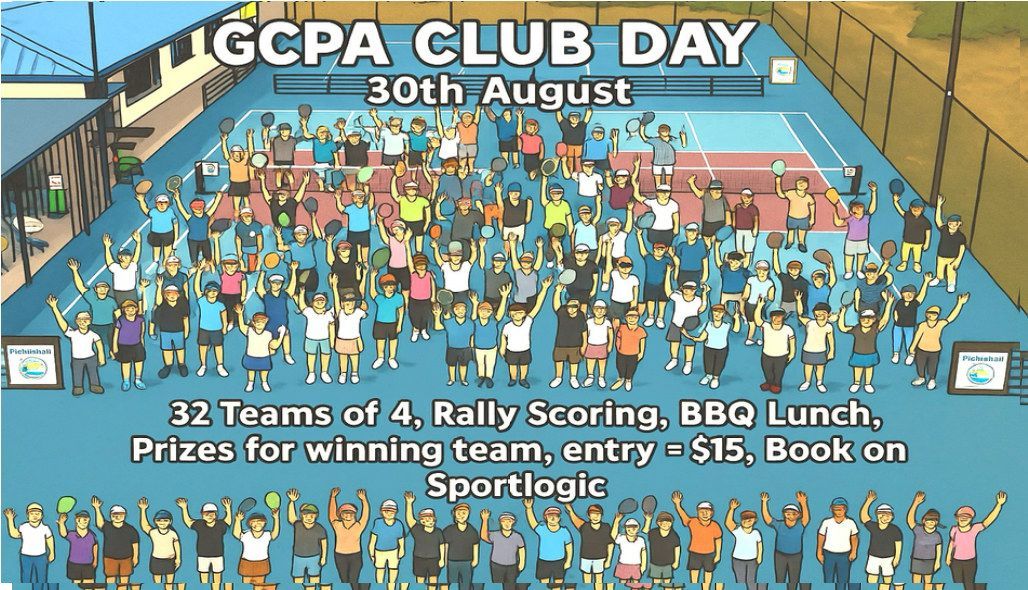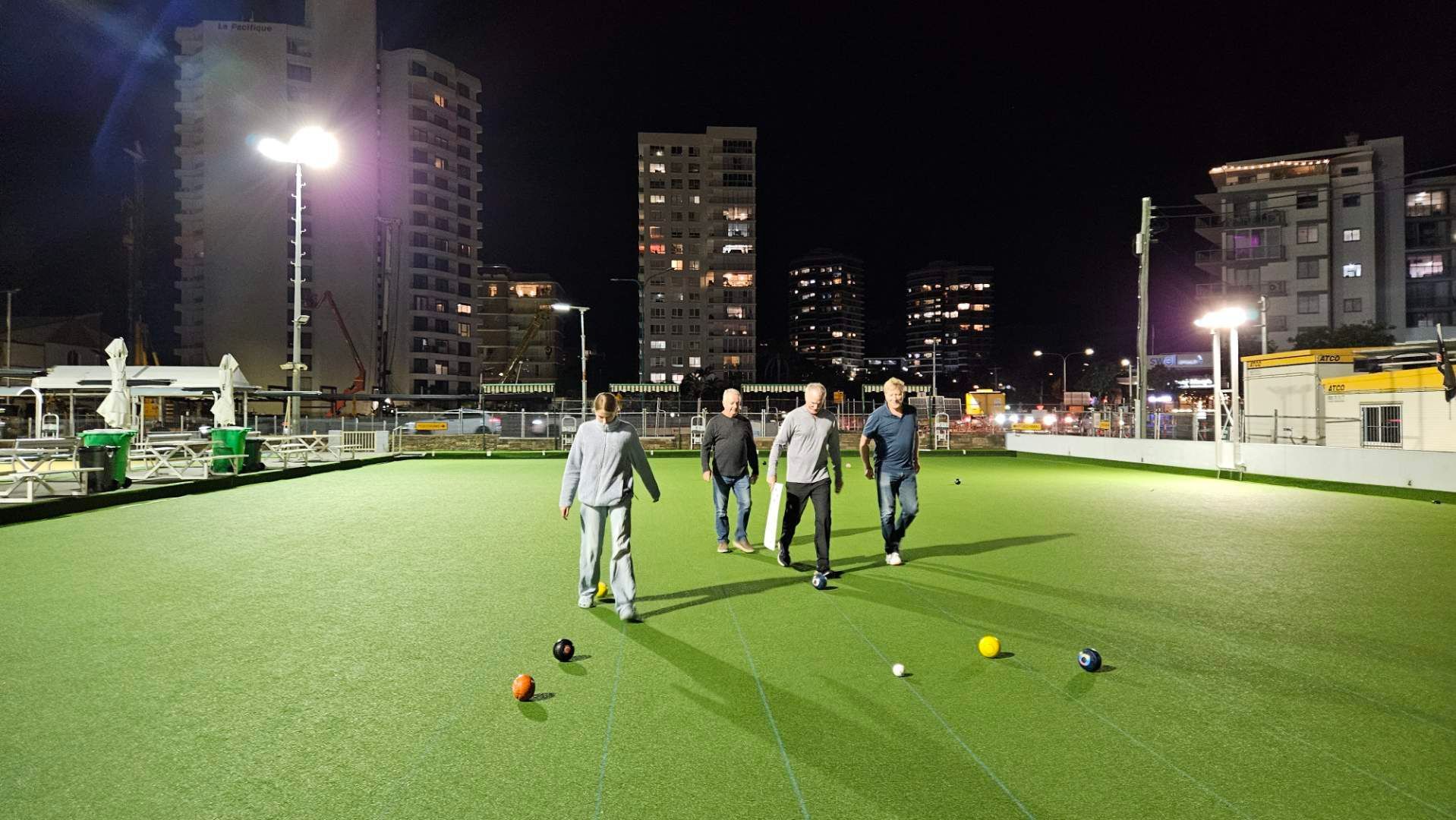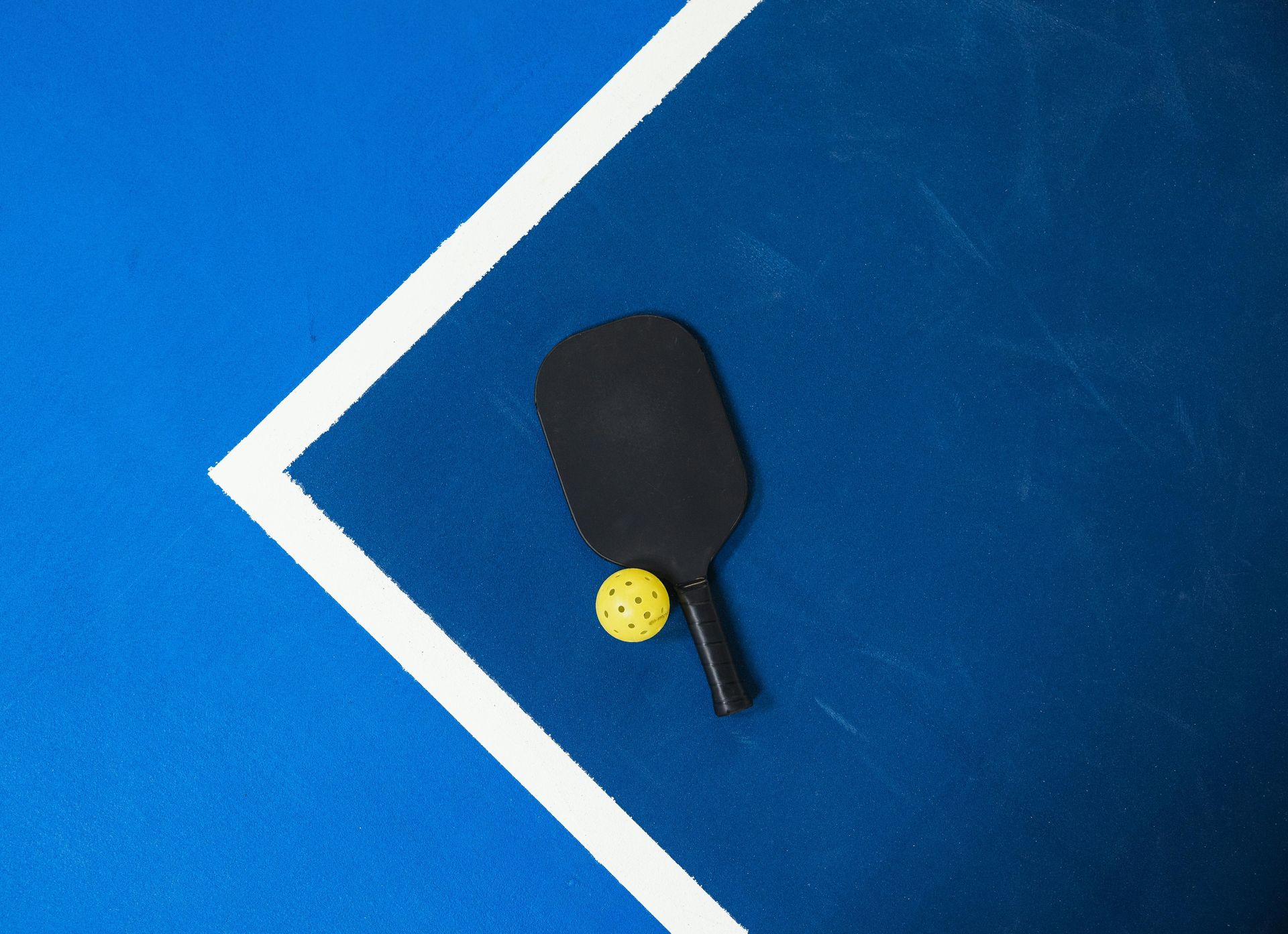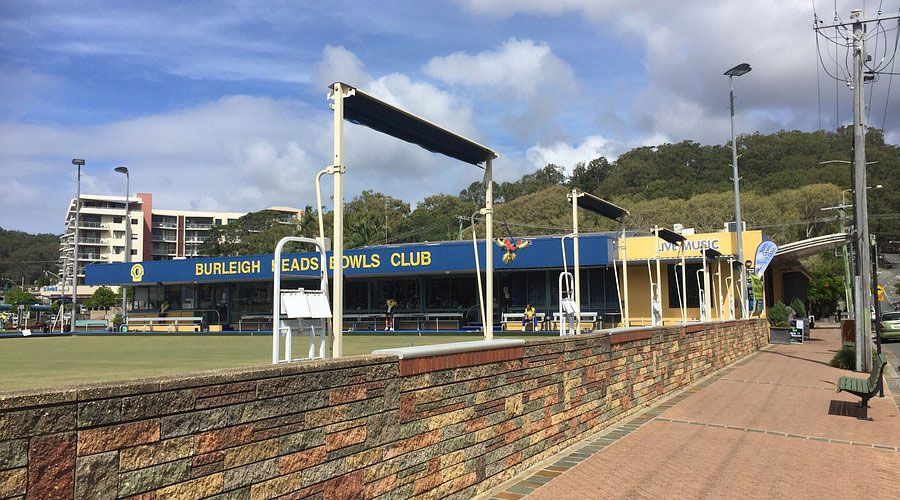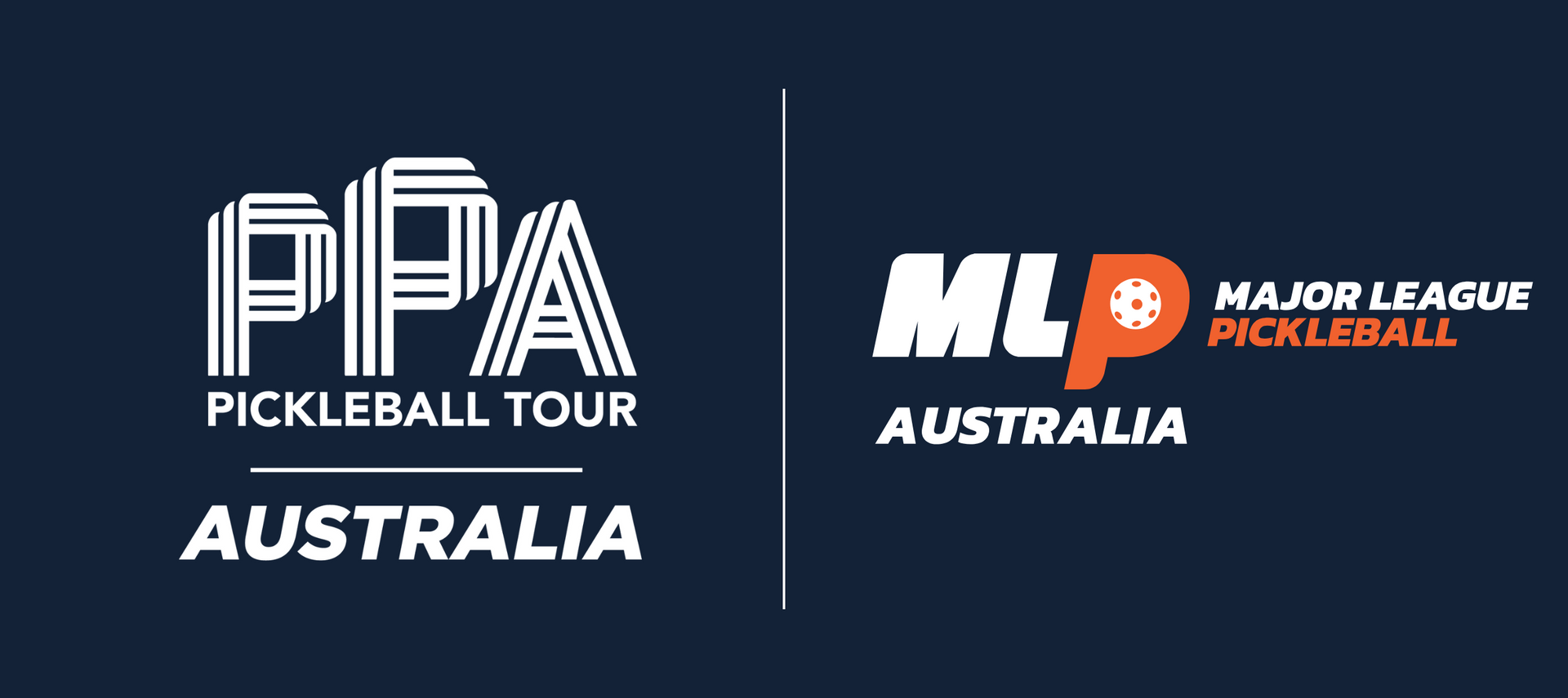Gold Coast Pickleball Association
Latest News
News, Tips and Updates
Hey there, pickleball enthusiasts! Whether you’re a seasoned pro or just picking up a paddle for the first time, Gold Coast Pickleball is your ultimate destination for all things pickleball. Our vibrant community is all about connection, competition, and a whole lot of fun on the court.
We’re here to celebrate the joy of pickleball and share our passion for this incredible sport with you.
Stay tuned for updates, and let’s smash some goals together!
